Suzuki Jimny Five-Door Review: Indian Market Forbidden Fruit Driven
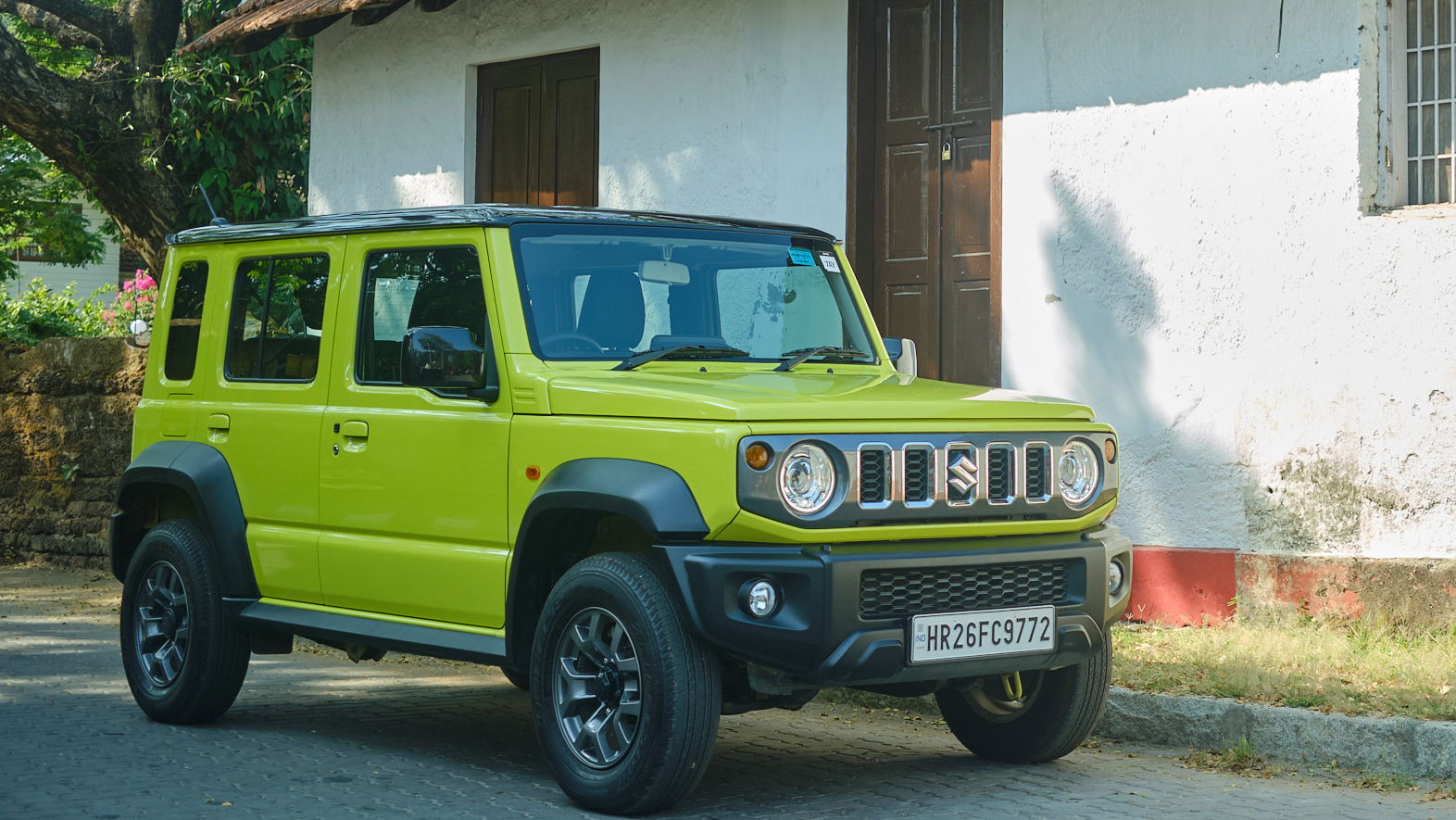
Pros
- Noticeably more practical than three-door versionLoveable, mini Wrangler looks
Cons
- Some cheaper-feeling materialsNot in many markets
If love was a five-letter word, I'm sure it'd be spelt 'Jimny'. How could it not be? Furthering this romanticisation is the inherent disparity between markets created due to emission regulations or supposed demand (or lack of). But despite what I've just said in the last few lines, anyone (yours truly, ahem) with the slightest of disdain for SUVs and a penchant for moaning about the loss of more civilised cars wouldn't be expected to like the Suzuki Jimny. It's even got the makings of what we usually associate with less likeable cars: a tall body, rudimentary mechanicals, and a seemingly gutless engine.
Yet instead of detesting it, I have fallen in love with it, and I definitely am not the only one. Spending a few days with the five-door Suzuki Jimny and covering a few hundred miles with it made me realise why there's still a strong case to be made for cars like the Jimny, and we mightn't have too much time on our hands to stop them from disappearing.
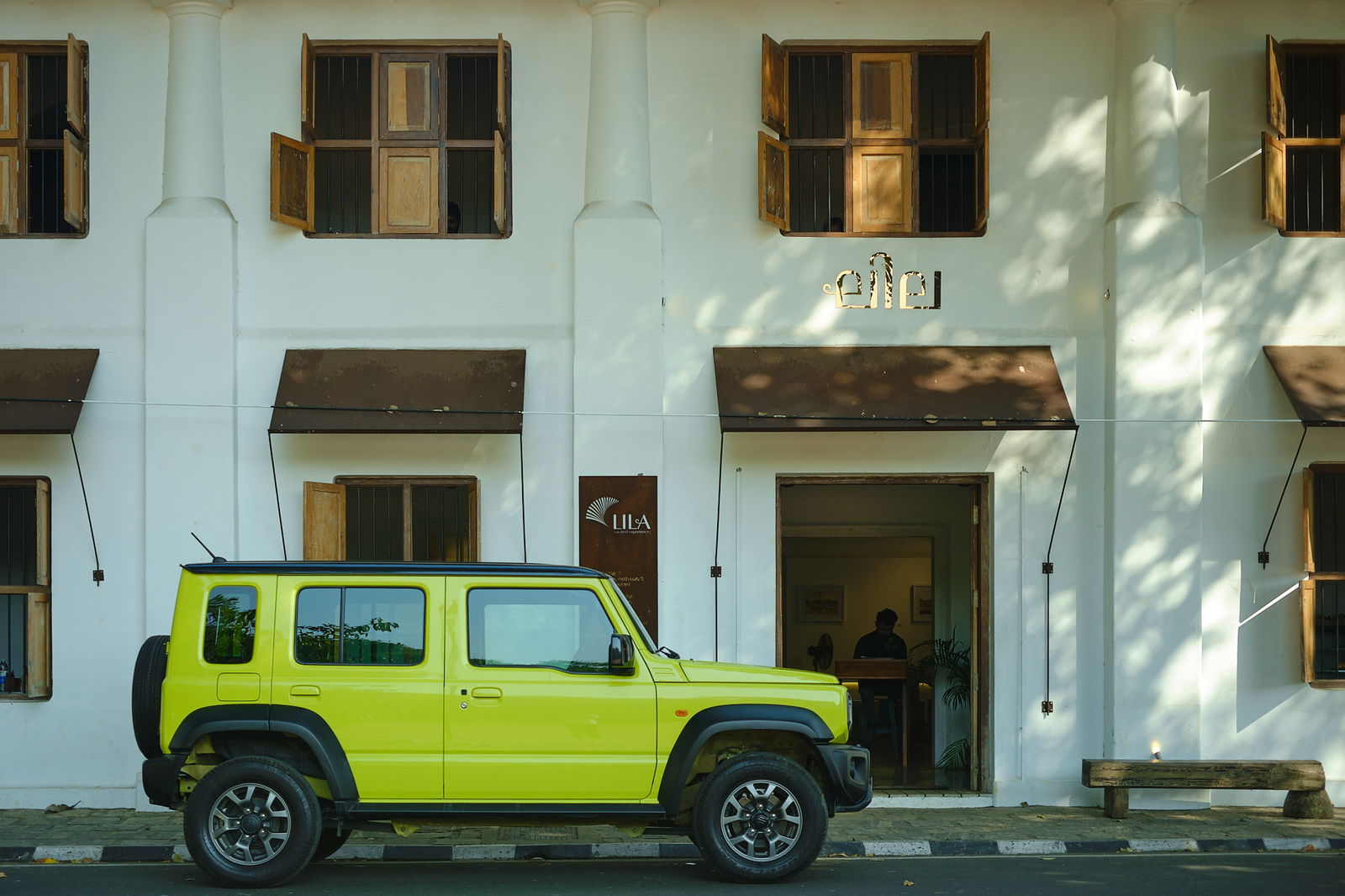
The way my mind mongers fear is sometimes scary, the only saving grace is that my bank account almost always declines all unsolicited efforts to "buy one before it's too late". To make matters worse, the Jimny isn't badly priced here in India, at an equivalent (of course, that's not considering Purchasing Power Parity, my fellow Kwasi Kwarteng fans!) of roughly £11,000 onwards. There's just one model (five-door) and one engine, although it can be specced with either a five-speed manual or a four-speed auto.
While the three-door model has been around in certain markets (Japan even gets a Kei-car-spec Jimny), the Indian-made five-door car is now being exported to South Africa and Australia, ensuring the customer there has another model to choose from. It's a bit of a misery that the UK (or India, for that matter), isn't in a position to enjoy the full range.
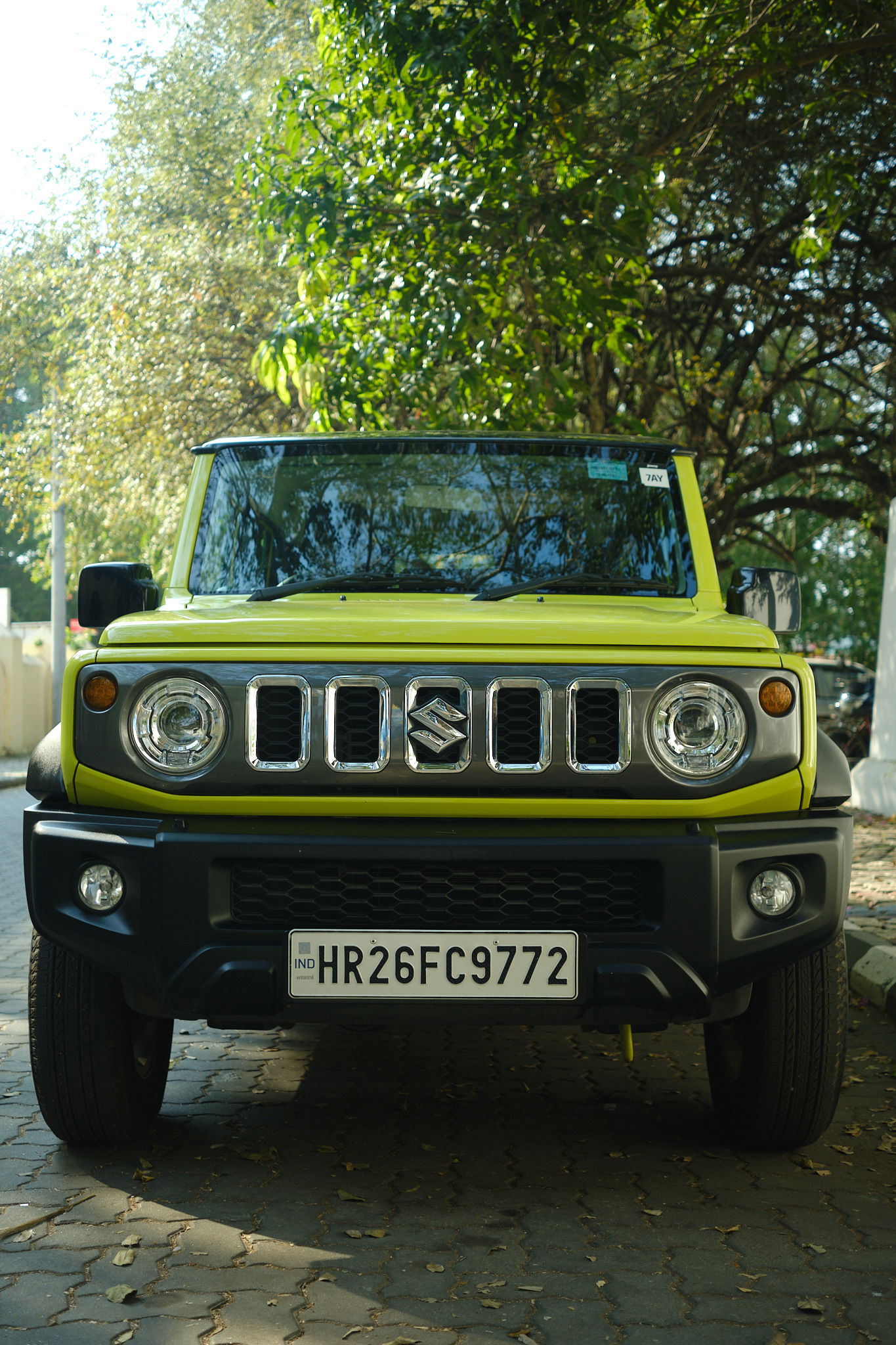
When the five-door model was first unveiled early last year, I couldn't help but feel that the fuselage looked a tiny bit out of proportion. In the metal, though, the slightly longer body and a touch extended wheelbase (relative to the three-door model; it's still a short car otherwise) doesn't have as bad an effect as it did in the photos. At 3965mm, the Jimny XL (that's how it's sold in markets like Australia), is just over 300mm longer, and the same is the case with the car's wheelbase, at 2590mm.
There's no change in dimensions apart from this; from the width, and height, to even the wheel size, the three and five-door models are identical. The longer model has to be content with slightly reduced off-road-related angles (a four-degree drop in ramp-breakover angle), but honestly, the added practicality makes up for it. If you excuse the humanisation, I'd like to tell you what's noticeably pronounced in the five-door model is the inherent confidence that the Jimny displays. It's as if this SUV just doesn't care about what others think of its looks. And its mini-SUV, mega-attitude appearance does attract many eyeballs.
The cabin is spacious and inevitably more practical than the three-door model, with the second row of seats (which the Commercial version doesn't get) being not just more accessible but also useable. The infotainment unit is an updated one, and as long as you have a smartphone to route maps/music from, it does a decent job. Hard plastics are aplenty, and one can be sure that this will last years of use, although some of the touch points make you wish for better quality.
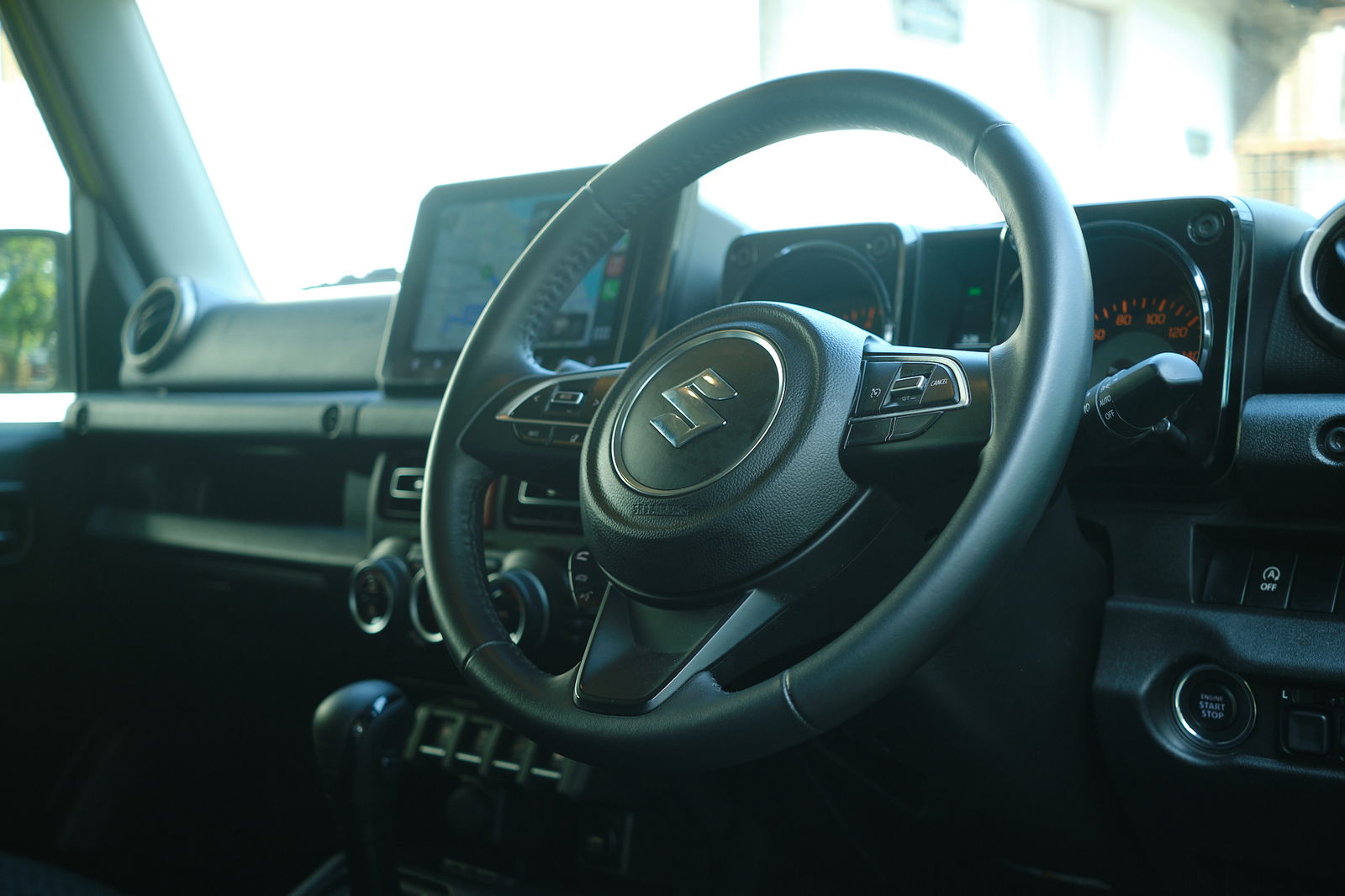
The twin-pod instrument console is legible, distraction-free, and harks back to the previous generations of the car. It's unfortunate that the steering can't be adjusted for reach, but despite that, finding a comfortable driving position wasn't difficult for me. It doesn't take too long for the cabin to make you feel at home, but there are a few misses: the rear seats don't fold flat, the door cards have almost zero depth, and it does fall short on appeal in comparison to the exterior.
I haven't been in a car that rocks as much as you step inside. The K15B is a familiar engine (with many other Suzuki products still using it) and despite its application in a more challenging setting here, it doesn't falter. On paper, the headline figures (identical to the three-door model) might not look like an awful lot of power (102bhp at 6000rpm and 88lb ft at 4000rpm, for the Indian-spec Jimny), but the SUV makes decent use of it, despite the added weight in the five-door guise.

The petrol unit lacks the outright torque of a diesel engine, but it packs in just about adequate punch for everyday driving. On the motorway, it's comfortable at around 60mph, but overtaking at that speed requires some planning. The four-speed automatic gearbox isn't too bad, either. If you drive it for 10 metres to form an opinion, it'll feel like just a superlatively slow, difficult-to-live-with lump, but in reality, it's anything but that.
In fact, in the week I spent with it, if there's something that made the Jimny more appealing as a daily — apart from its dimensions — it has to be the gearbox. Yes, kickdowns could've been better, shifts could've been quicker, etc., but it doesn't seem out of place in a car like the Jimny. The recirculating ball steering also deserves a mention, because it takes time to acquaint oneself with that. It's far from the sharpest unit you'd experience, which I think is alright for a car like this, but its wider-than-usual turning circle might be surprising for many.
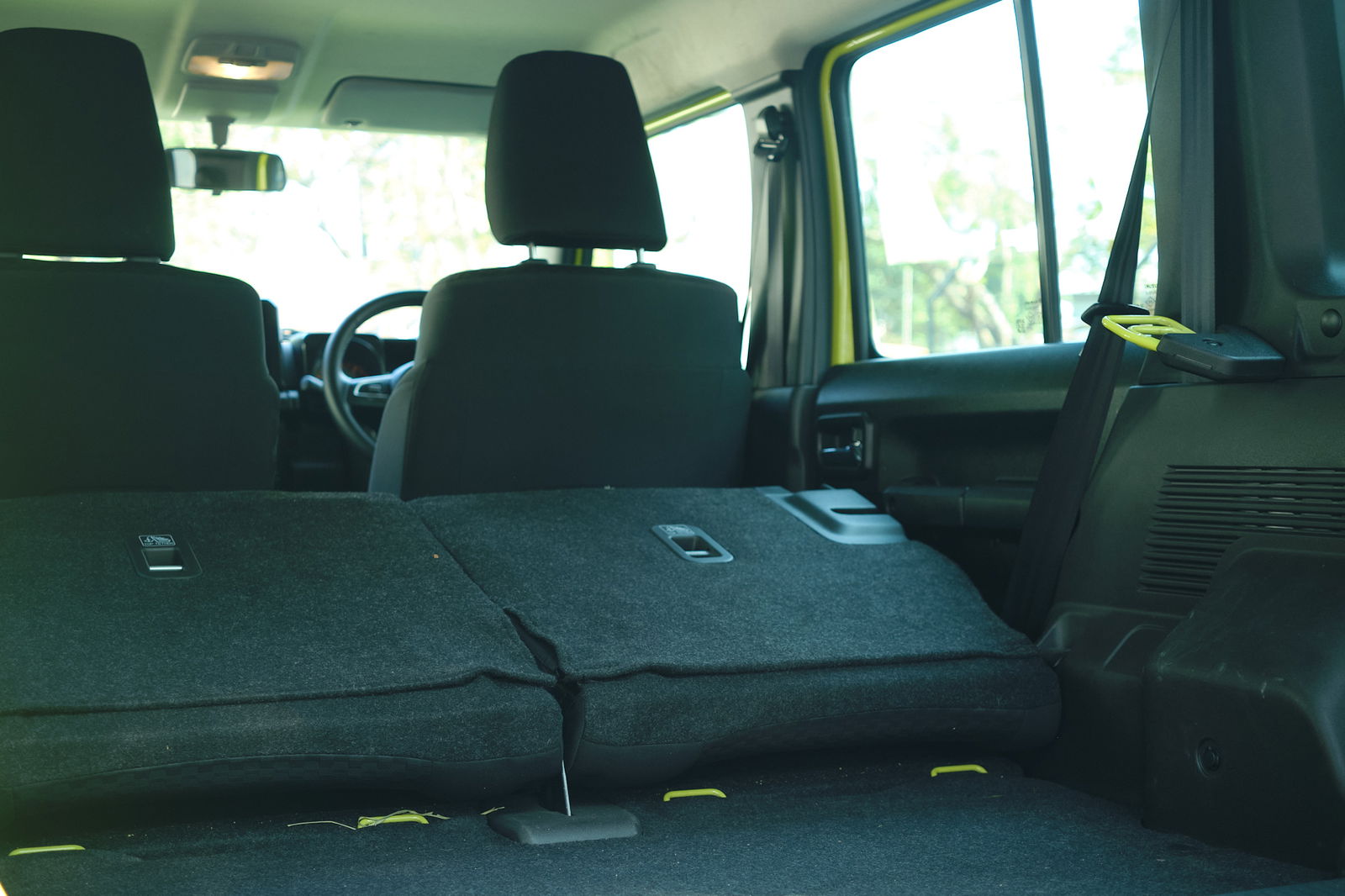
Solid axles with coil springs both at the front and rear wouldn't have made the Jimny the most motorway-friendly companion but it's not bad. The ride quality is good, it soaks up bumps well, and in comparison to its closest local rival, the Mahindra Thar, it just decimates the Jeep Wrangler lookalike on not just ride quality but overall road holding ability, too. Like with the Thar, or any other off-road-ready SUV, the minutest of updates do make a world of difference. And that's exactly what some of the highly satisfied Jimny owners told me. Tyres and suspension upgrades are said to work quite well on it.
It's an easy choice for someone looking for an extremely capable small off-roader but even as an everyday car, it fares quite well. Okay, if motorway cruising is what you're aiming for, it's not quite the most natural match. But the Jimny wins you over quite effortlessly. The five-door model's absence from the UK market is big shame to say the least, because in terms of practicality and overall usability, as a replacement to the family wagon, the Jimny has nearly all it takes to masquerade as one.
The market deserves more no-nonsense vehicles, and the Jimny epitomises that. There might not be another like this, and if you do have the means to buy one and are in the right part of the world, it's a no-brainer at this point.

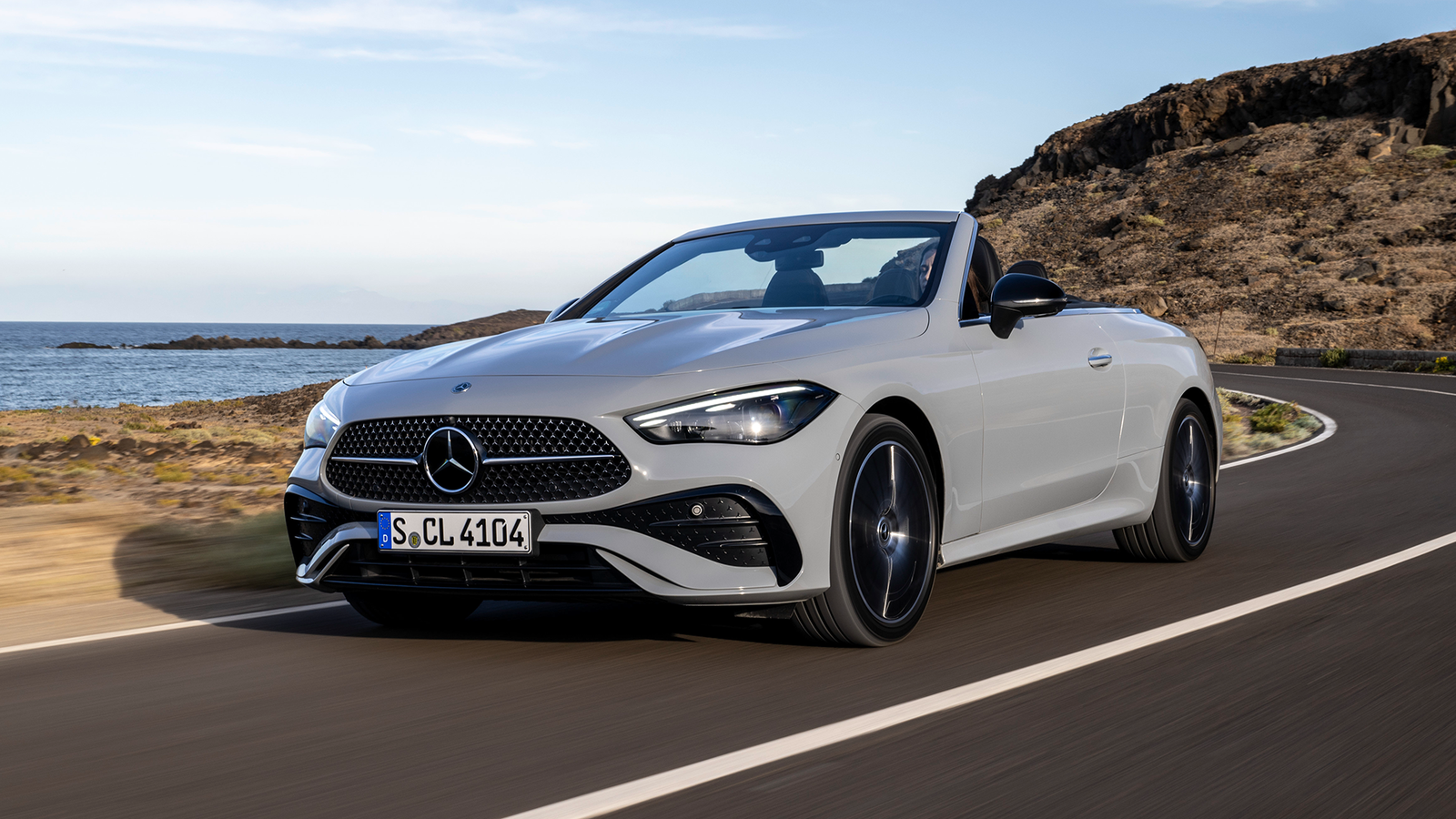
Comments